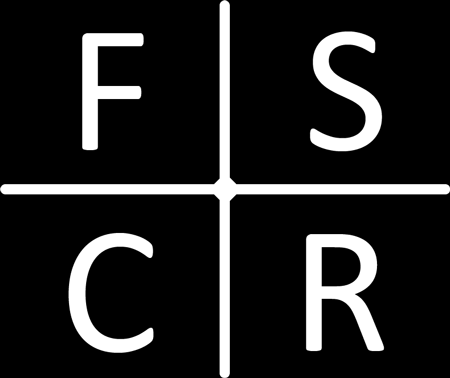Importance of physical qualities for speed and change of direction ability in elite female soccer players by S. Emmonds, G. Nicholson, C. Beggs, B. Jones, and A. Bissas in the Journal of Strength and Conditioning Research (2017).
Abstract: https://www.ncbi.nlm.nih.gov/pubmed/28723816
Background
Speaking at International Women’s Day in 2011, Sepp Blatter stated that “the future of football is feminine” (1). The women’s game of football is one of the world’s fastest growing sports with participation levels estimated at 2.9 million players (2). Within the game itself research shows that male and female players cover similar total distances during a match however it is the high intensity activities that differ (3). Equally in the women’s game these types of activities can also differentiate between higher and lower standards of play (4). Furthermore, these high intensity, explosive actions are often the game defining moments. With the modern game evolving, so must the required training to meet the demands being imposed on players to compete at the highest level.
Objective
The purpose of this study was to determine the importance of physical qualities for speed and change of direction (CoD) ability in female soccer players. Data was collected on 10 female soccer players who were part of a professional English Women’s Super League team.
Methods
10 elite female subjects competing in the highest division in England (WSL1) completed assessments of anthropometric characteristics, body composition, speed, CoD ability, endurance, lower-body strength and power. These athletes were regularly performing 4-5 pitch based sessions along with 1-2 strength based sessions per week.
Results
Multiple linear regression revealed that the performance variables (10 and 20m speed, mean 505, and CoD deficit mean) can be predicted with almost 100% accuracy (i.e. adjusted R2 > 0.999) using various combinations of the predictor variables (DJ height, CMJ height, SJ height, lean body mass). The single best predictor of linear sprint running was DJ height, while the single best predictors of COD ability and the COD deficit were SJ and CMJ heights.
Conclusion
Findings of this study highlight the importance of developing strength to improve speed and CoD ability in female players. ArsenalWFC provide a great example to other ladies teams when it comes to high quality strength and conditioning, as can be seen in Figure 1. Developing strength will also lead to increases in lean body mass, which may also help improve the ‘athleticism’ of players.
Practical Applications
The researchers found that sprinting ability is best explained by characteristics of the very fastest stretch shortening cycle jumps (like drop jump height), while COD ability is best explained by characteristics of slower stretch-shortening cycle jumps (like CMJ and SJ heights).

References
1. FIFA.com. (2011, March 08). Retrieved from http://www.fifa.com/about-fifa/news/y=2011/m=3/news=message-from-the-fifa-president-international-women-day-1393938.html
2. Kilpatrick, J. (2015, October 6). Participation, attendances, coaching – state of the women’s game as FA launches Girls’ Football Week. Retrieved from Sky Sports : http://www.skysports.com/watch/tv-shows/sportswomen/news/10019792/girls-football-week-what-is-it-all-about
3. Manson, S. A., Brughelli, M., & Harris, N. K. (2014). Physiological characteristics of international female soccer players. Journal of Strength and Conditioning Research, 308–318.
4. Martinez-Lagunas , V., Niessen, M., & Hartman, U. (2014). Women’s football: Player characteristics and demands of the game. Journal of Sport and Health Science.
